The ancient towns of a city are the roots of a city. Only by going deep into this place can we understand the origin of the city and experience his human life.
This guide collects the characteristic ancient towns in Chongqing, if you are going to visit Chongqing, you must take a look.
1. Yuzhong District-Shancheng Lane

Tickets: Free
Business Hours: All day
Transportation: LRT 1, Qixinggang Exit 2
Address: Beside Yuzhong District People’s Court, Zhongxing Road, Yuzhong District, Chongqing, China
Shancheng Lane is one of the most representative old alleys in Chongqing, originally known as “Sky Lantern Lane”, which was named after the street lamps that were hung at the entrance of the lane for pedestrians in the late Qing Dynasty.
The history of Shancheng Lane can be traced back to the Ming and Qing Dynasties, when it was built on the mountain and was once the necessary route from Nankimen to Tongyuanmen in Chongqing.
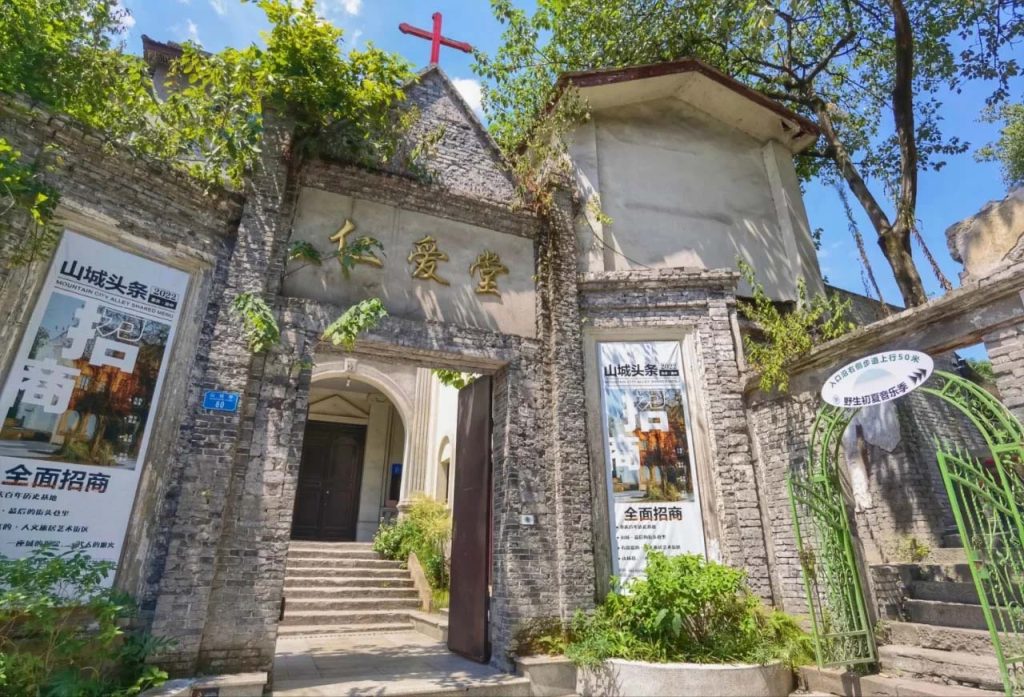
The streets and alleys along the cliffs and stairways are unique. In 1900, French missionaries built churches and hospitals here (the old site of Ren’ai Hall), bringing Western architectural style and forming a unique blend of Chinese and Western cultures.
During the war period, many literati and politicians used to live here, and the old buildings in the alley witnessed the historical changes during the period of Chongqing’s opening and capitalization.
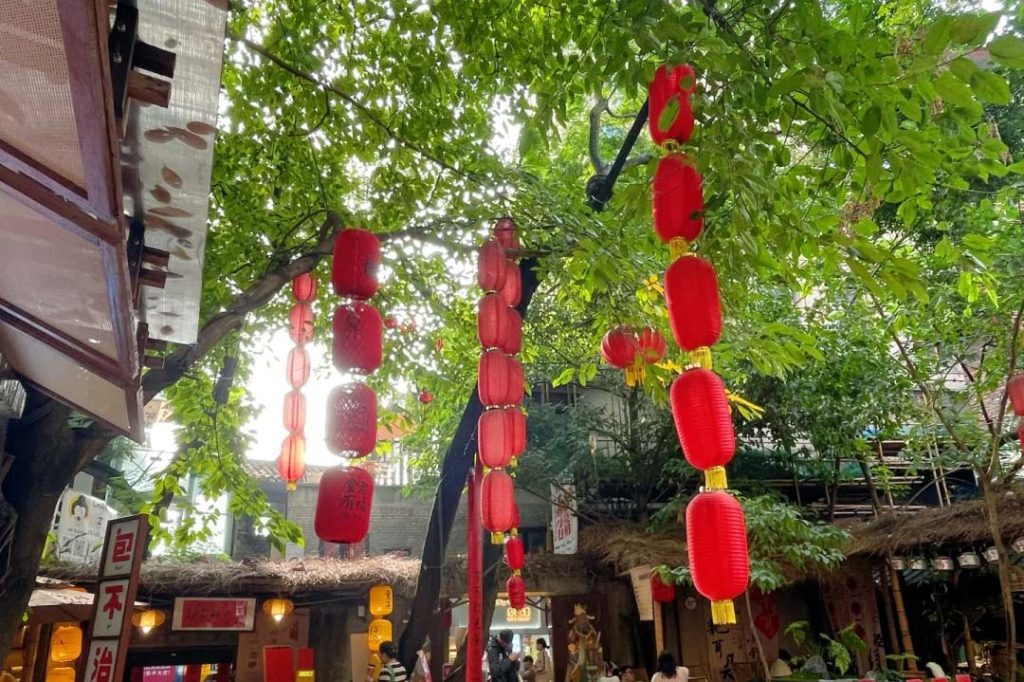
2. Yuzhong District-Maanshan Tangli

Tickets: Free admission, some of the former residence exhibitions need to be booked.
Opening hours: All day
Transportation: Metro Line 10 to Daliaodang Station, exit Exit 1 and walk for about 8 minutes.
Address: 110 meters north of the intersection of Xuedianjiazheng Street and Zaoziran Ya Zhengjie, Daxigou Street, Yuzhong District, Chongqing
Best Experience : Early in the morning or late in the evening, the light is soft and suitable for photography; on rainy days, the green stone road is more quiet.
Tour Suggestion : Plan a half-day cultural route combining Three Gorges Museum and Zhongshan 4th Road.
There are a large number of Chinese and Western brick and wooden buildings with green bricks and gray tiles, sloping roofs and arched windows, which are known as the “open-air museum of modern architecture in Chongqing”.
Built on the hillside, with winding stone steps and ancient trees, the neighborhood retains the traditional street texture of the mountain city, but also integrates the imprints of modern foreign cultures, which is an important window for exploring the history of Chongqing’s opening and accompanying capital.

During the war period, foreign embassies and organizations such as the Soviet Union and the United States had been relocated here, and some of the old embassies are now in existence.
Shen Junru, Shi Liang and other democrats, as well as financiers and industrialists once lived here, and the complex carries the political and cultural memories of the period of the capital.
3.Yuzhong District – Shibatai
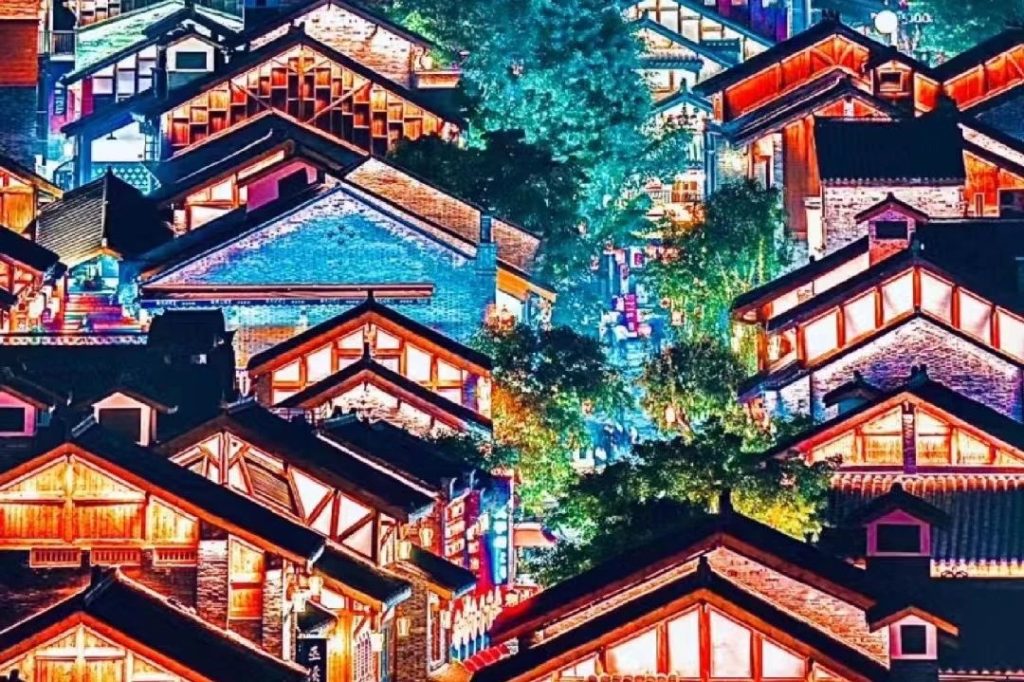
Tickets: Free admission
Opening hours: All day
Transportation: Metro Line 1/2 to Jiachangkou Station, exit 11.
Address: 100 meters southwest of the intersection of Shibatie and Xinhua Road, Yuzhong District, Chongqing
Best Experience: Evening to night (light show 19:00-22:00), combining day and night view; avoid weekend rush.
Suggestions: Jiefangbei (10-minute walk), Hongyadong (8-minute drive), Shancheng Lane (15-minute walk), which can be strung together into a day trip to the mother city of Central Chongqing.
The Eighteen Stairs was built in the Ming Dynasty, named after the steep stone steps connecting the upper and lower parts of the city, and was the earliest transportation route and trade hub of Chongqing.
It used to be the densest living area in the city, carrying the memories of Chongqing’s old dock culture, gowns and wars.

From the late Qing Dynasty to the Republic of China, the street was dotted with teahouses, inns, medicine stores, and Sichuan opera stages, and was a gathering place for dock laborers, traders, and jianghu people, and was known as the “Museum of Civilian Life in the Mountain City”.
During the war period, Shibatie, as the core area of the capital, witnessed bombing and reconstruction, and some of the air-raid shelter ruins still exist.
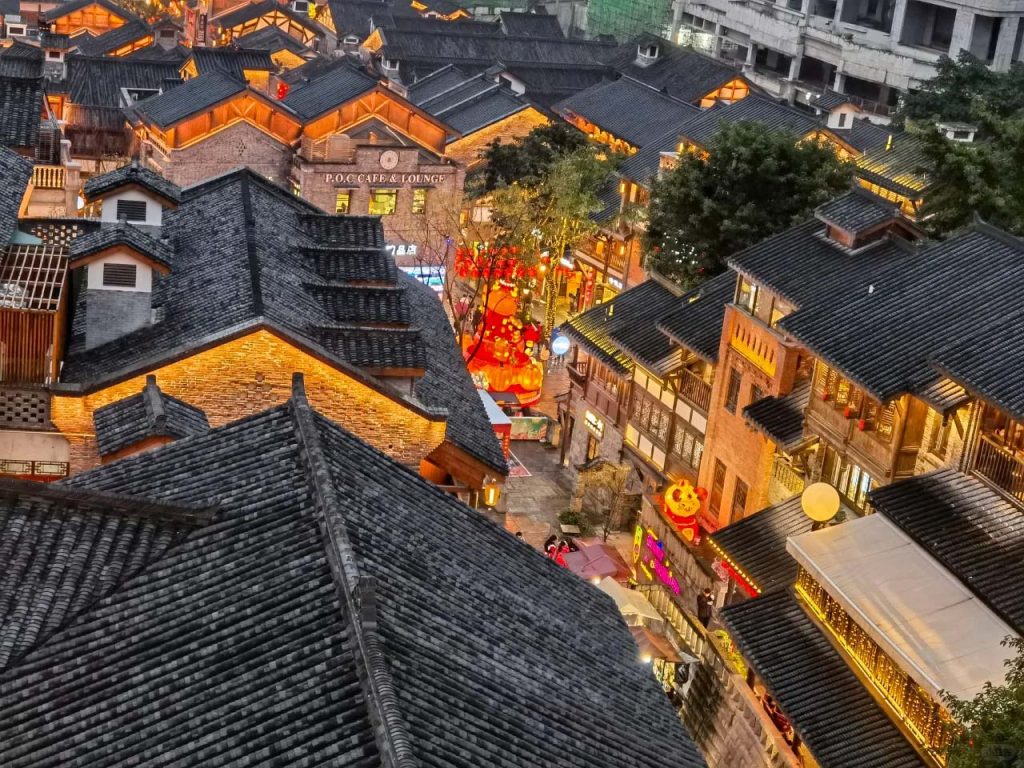
After the restoration, the 18th staircase has made a new appearance as a “traditional style area”, which not only preserves the street texture of the mountain city, but also injects modern culture and tourism industry, becoming a “city meeting hall” for tracing the memory of the old city and experiencing the three-dimensional magic.
4. Yuzhong District-Zhongshan 4th Road
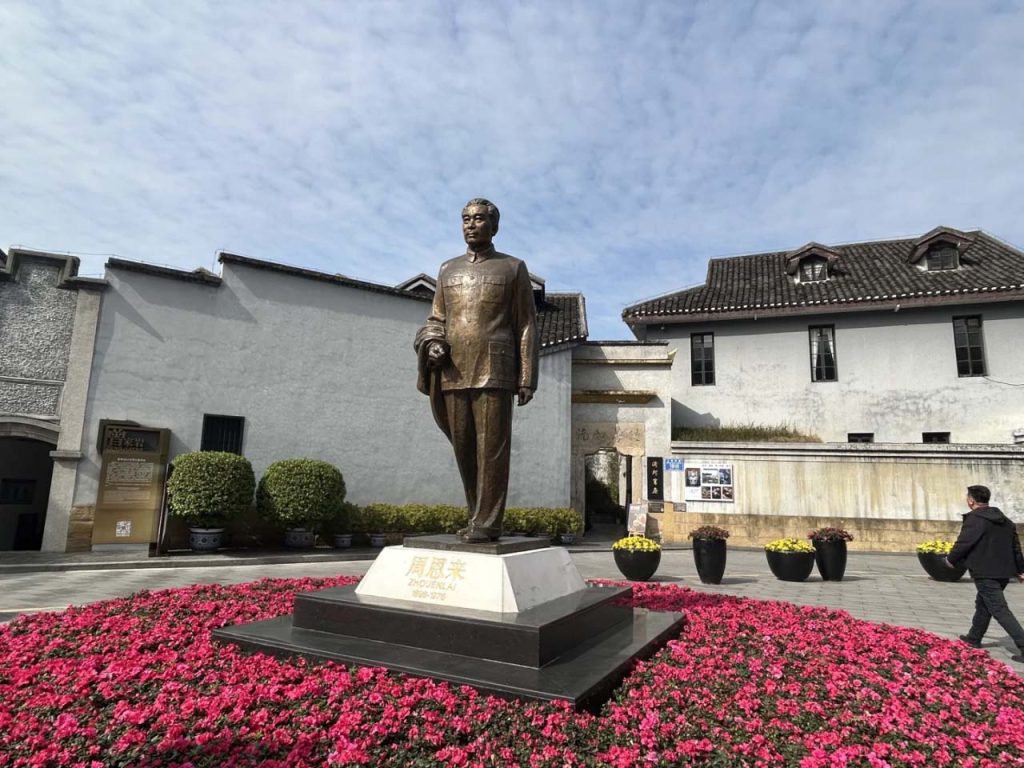
Tickets: Free admission, Zhou Gongguan, Guiyuan, etc. need to brush ID card to register for entry
Opening hours: All day
Transportation: Metro Line 2/10 to Zengjiayan Station, exit 2 to reach the station
Address: Yuzhong Mansion, Zhongshan 4th Road, Shangqingsi Street, Yuzhong District, Chongqing (470 meters walk from Exit 3 of Niujiaotuo Metro Station)
Best Experience: Quiet in the morning or dappled with trees in the afternoon
Suggestions: Li Ziba Light Rail through the building (15-minute walk) and the Three Gorges Museum (5-minute drive), which can be strung together for a half-day cultural tour.
Zhongshan Fourth Road, about 1 kilometer long, is one of the most historical and cultural streets in Chongqing, known as “China’s most beautiful street” and “the epitome of accompanying culture”.
It was once the seat of the administrative center of the national government during the war period, bringing together a large number of war sites, former residences of celebrities and Republican-style buildings.
With sycamore trees, green bricks and gray walls, you can touch the red memories of Chongqing and the wind and clouds of the capital by strolling through it, making it a cultural landmark where you can read half of Chongqing’s history on a single road.
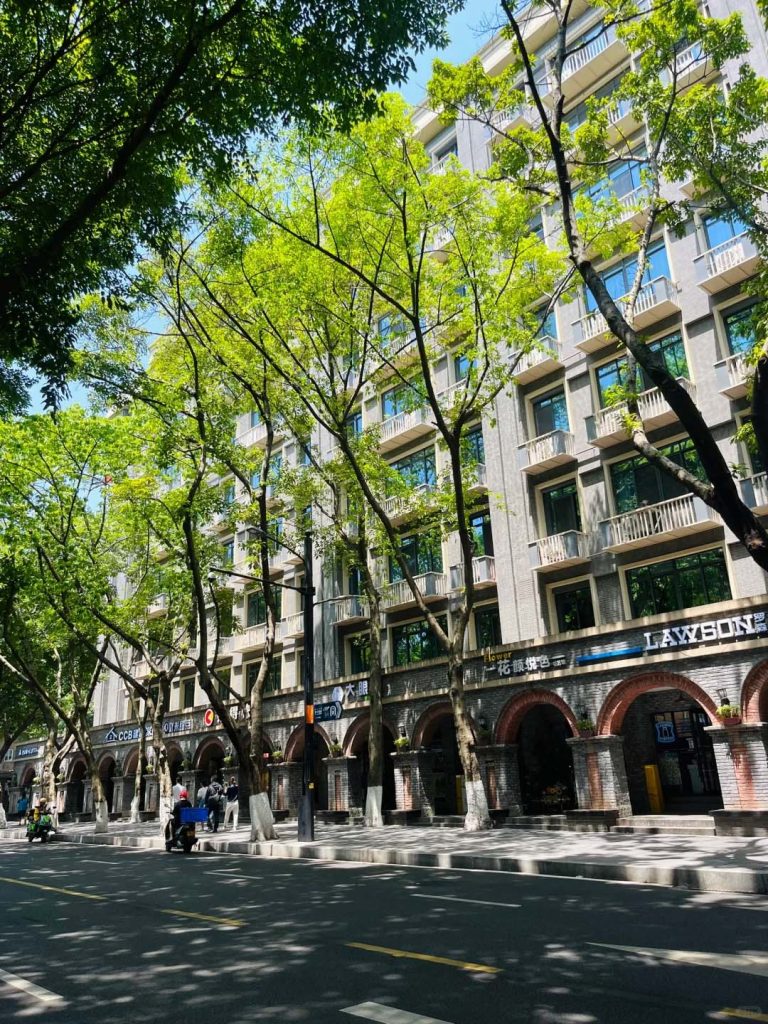
5.Yuzhong District-Baixiang Street Traditional Landscape Area

Tickets: Free admission, some of the former residence exhibitions need to be booked.
Business Hours: Open all day
Transportation: Metro Line 1/6 to Xiaoshizi Station, exit Exit 8 and walk for about 15 minutes.
Address: No.16 Kaixuan Road, Yuzhong District, Chongqing, China
Best Experience: Soft light from afternoon to dusk, suitable for photography; architectural lighting at night, a unique charm
Suggestions: Surrounded by the Huguang Guild Hall (10-minute walk) and Chaotianmen (8-minute drive), it can be a half-day cultural tour of the Yuzhong Mother City in tandem.
Baixiang Street Traditional Landscape Area is adjacent to the Yangtze River Riviera, and is an important bearer of the culture of the opening of the port of Chongqing.
After the opening of the port of Chongqing in 1891, Baixiang Street became a gathering place for foreign banks, firms and newspaper offices due to its proximity to the Taipingmen Wharf, bringing together the trade of medicinal herbs, silk and salt, which flourished for a while and was known as the “Wall Street of the East”.
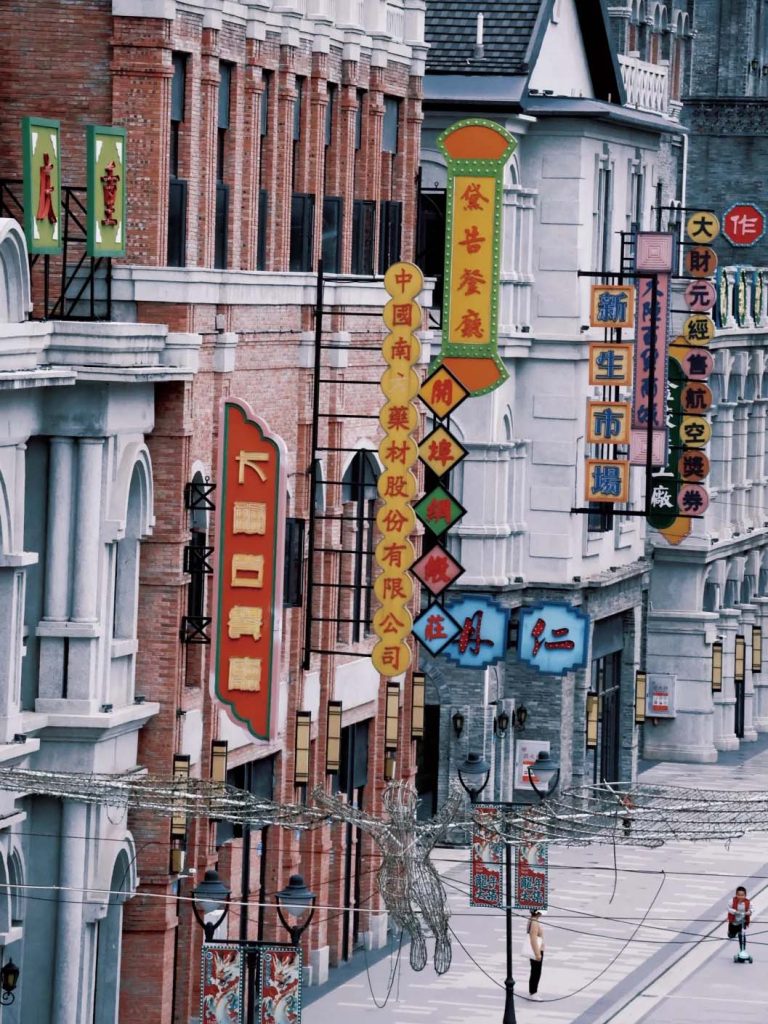
At the end of the Qing Dynasty, rich merchant Li Yaoting and patriotic merchant Lu Zuofu had set up their businesses here, and the modern newspaper Yu was also born here, which can be called the “starting point” of Chongqing’s modernization.
The restored neighborhood is based on the green-brick and gray-tile buildings of Bayu, integrating Western-style arcades and carved elements, restoring the commercial and trade scenes and marketplace style of old Chongqing, and becoming a “time corridor” for tracing the history of the port and feeling the collision of Chinese and Western cultures.
Chongqing’s ancient towns are like a vivid historical scroll, showing the essence of the Bayu culture and the unique charm of the mountainous city to the fullest. Whether it’s the bustling hustle and bustle of the Magnetic Weapon Mouth, the quietness of the Gongtan Ancient Town, or the freshness and naturalness of the Yiyan Ancient Town, each of these ancient towns carries the traces of time and unique stories. Strolling on the stone road of these ancient towns is like traveling through time and space, feeling the weight of history and cultural heritage.
For travelers, Chongqing’s ancient towns are not only a feast for the eyes and palate, but also a baptism for the soul. Whether you are tracing the footsteps of history or longing to get away from the hustle and bustle of the city, these ancient towns can provide you with an unforgettable journey. Bring your curiosity to Chongqing’s ancient towns and discover the beauty and serenity hidden in the landscape!

